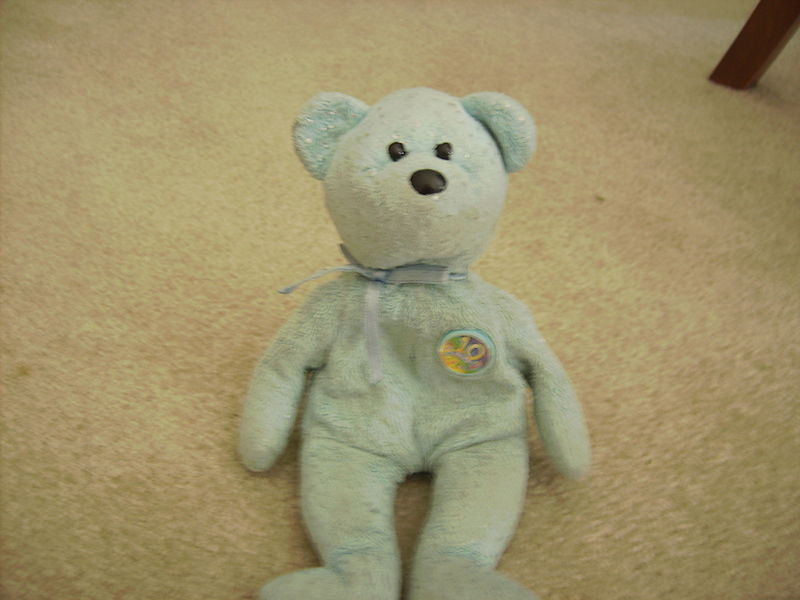Introduction:
Beanie Babies took the world by storm in the ’90s, becoming a global phenomenon that remains a beloved part of many childhood memories. Today, Beanie Babies are still sought after by collectors, enthusiasts, and those looking to cash in on the nostalgia. In this ultimate guide, we’ll take a walk down memory lane and explore the world of Beanie Babies, their values, and how to start or maintain your collection. So, let’s dive into the plush world of these irresistible, bean-filled toys!
History of Beanie Babies:

Created by Ty Inc. in 1993, Beanie Babies were designed to be affordable collectibles that people of all ages could enjoy. The brainchild of Ty Warner, these small, plush animals were filled with tiny plastic pellets, giving them a unique, floppy feel that set them apart from traditional stuffed toys. Beanie Babies became an instant hit, and soon, people were clamoring to collect them all.
What Makes Beanie Babies Unique:
Beanie Babies are instantly recognizable by their distinct features, such as their small size, wide range of animal designs, and the iconic heart-shaped Ty tag attached to their ears. Each Beanie Baby also comes with a unique name, birthdate, and poem, making them personal and relatable to collectors.
The Beanie Baby Craze:
During the height of their popularity, Beanie Babies were more than just toys – they were a cultural phenomenon. Everyone from kids to adults collected these adorable stuffed animals, and some even considered them as investments. Limited edition releases and retired Beanie Babies drove up demand, and collectors would often wait in long lines to get their hands on the latest addition.
Beanie Baby Values: What Determines Their Worth?
While the initial Beanie Baby craze may have cooled down, there is still a market for these collectible toys. The value of a Beanie Baby can vary greatly, depending on factors such as rarity, condition, and desirability. Here are some key factors that determine Beanie Baby values:
1. Rarity: Limited edition and retired Beanie Babies tend to be more valuable because of their scarcity. The fewer of a specific Beanie Baby in circulation, the higher its potential value.
2. Condition: Beanie Babies in mint condition with their original tags and protective casing will generally command higher prices than those with signs of wear or damage.
3. Desirability: Some Beanie Babies are more popular and sought-after than others, increasing their value. Characters like Princess Diana Bear, Valentino, and Peanut the Royal Blue Elephant are highly coveted by collectors.
4. Errors: Beanie Babies with tag errors or manufacturing defects can sometimes be worth more, as they add a unique aspect to the collectible.
Starting Your Beanie Baby Collection:
If you’re looking to start or expand your Beanie Baby collection, here are some tips to help you get started:
1. Research: Familiarize yourself with Beanie Babies and their values. Websites, forums, and collector’s guides can provide valuable information on the different characters and their worth.
2. Set a Budget: Determine how much you’re willing to spend on your collection and stick to it. Beanie Baby values can range from a few dollars to several thousand, so it’s essential to establish a budget that works for you.
3. Focus on Your Favorites: Collect Beanie Babies that resonate with you, whether it’s a specific animal, character, or theme. Building a collection of your favorites will make it more enjoyable and meaningful.
4. Shop Around: Explore various sources to find Beanie Babies, such as online marketplaces, antique shops, toy stores, and collector’s fairs. Shopping around